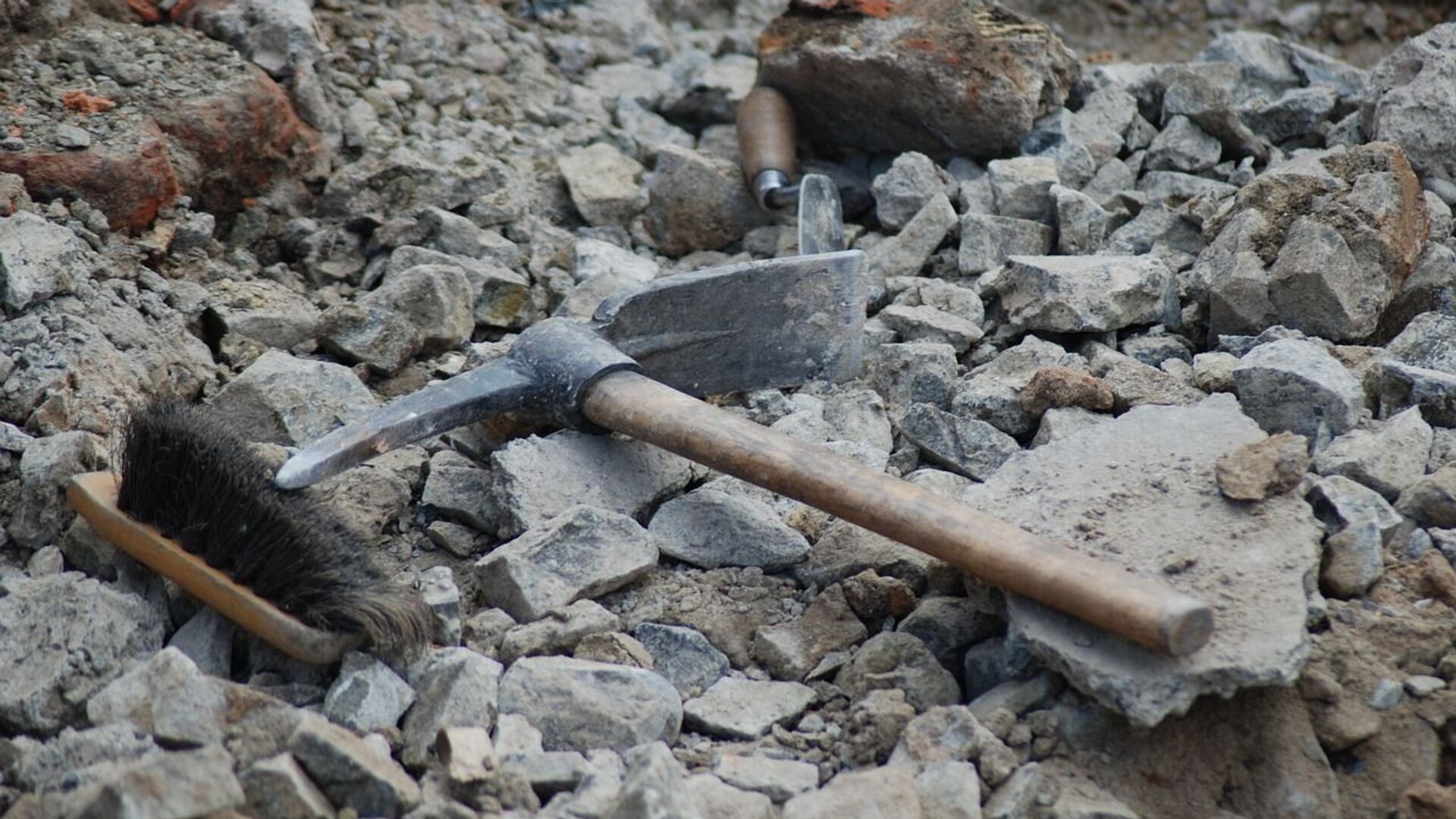When in Rome: Remains of Ancient Temples and Sacrificial Pit Found in Germany

CC0 / /
Subscribe
Researchers uncovered substantial evidence of Roman presence at the location despite disturbance of the site over the last 100 years.
What is now recognized as Western Europe once formed part of the mighty Roman Empire, which extended as far north as modern day Scotland and as far east as the Persian Gulf. Now, archeologists in Germany have unearthed evidence of temples and a sacrificial pit used at what was thought to be an ancient military site.
The discovery was made at a site of a Roman camp called Haltern in northwestern Germany by researchers with the University of Trier.
Only the foundations of the buildings remained. They’re the first recorded discovery of temples at a Roman military site. The unearthing of the sacrificial pit is also unprecedented; a ban on graves within Roman settlements was assumed to have forbidden such sites.
Archaeologists have unearthed the remains of two Roman temples and a sacrificial pit in Germany. #HistoryOnX #SonOfTheSunCity🌵https://t.co/BRxr1Sblhp
— ☀️Son of the Sun City🌵 (@RobMar915) November 16, 2023
The area was first explored in 1928, but owing to a lack of funding at the time, German archeologists reburied the remains.
Another one of the buildings at the location has been suggested to have been a “schola,” or meeting place for Roman military officials. The discovery of tools at the site has also prompted the hypothesis it might have been a workshop.
The buildings “were based on the typical large podium temples made of stone that could be found in numerous Roman cities at the time of Emperor Augustus,” said Bettina Tremmel, an archeologist from the Regional Association of Westphalia-Lippe. That would place the construction of the buildings at some point during the rule of Rome’s first emperor between 31 BC and 14 AD.
Archaeologists say they have found remains of the foundations of two mini Roman temples and a sacrificial pit.
— Ancient Pages (@AncientPages) November 16, 2023
The finding is extraordinary because such cult buildings have never been found anywhere else within Roman military installations. https://t.co/GcVYYxDZBo
The Roman Empire ruled Europe for some 1,000 years until around 476 AD. Difficulty in maintaining the breadth of the empire's territorial possessions is assumed to have played a key role in its collapse.

